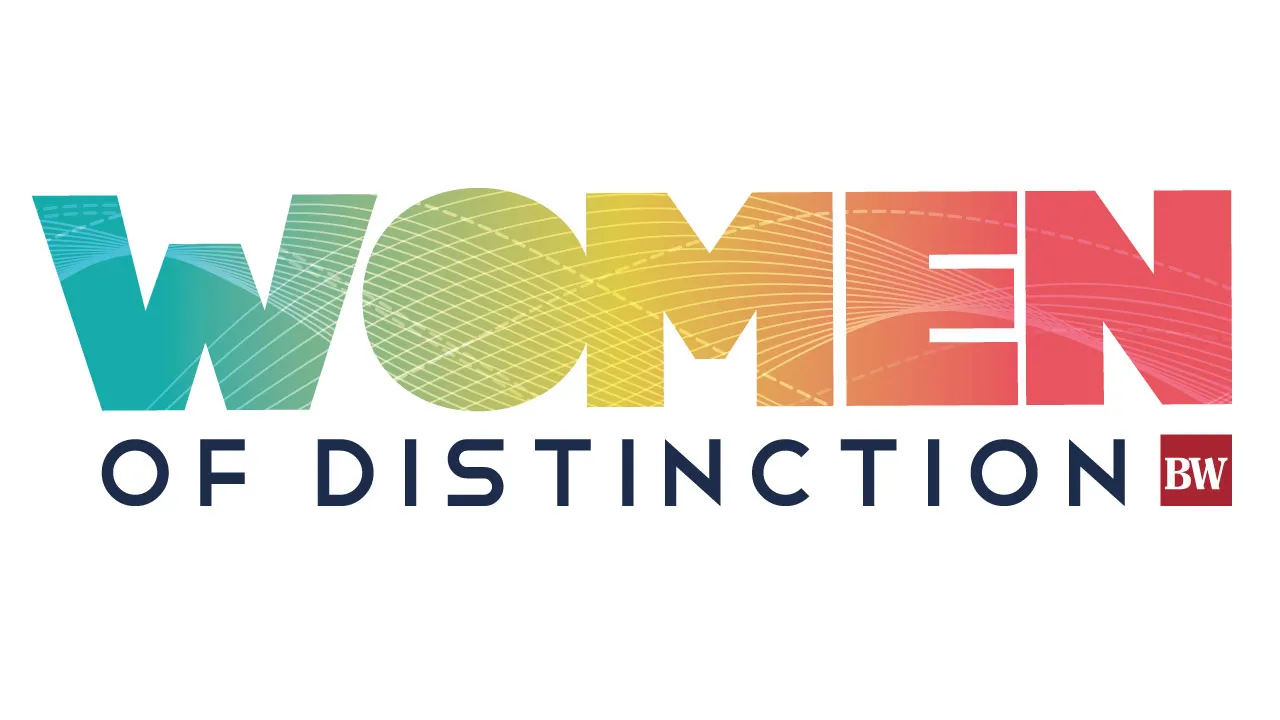Dierschow: Return to normal? Don’t expect everything to be same
The future will be different than the past. That’s basic, right? Yet we love to make projections based on an expectation that only 2% will change.
Well, the pandemic upended all that. It felt like EVERYTHING changed.
As we achieve a high rate of vaccinations, we’d like to think that we will “return to normal” — namely, 2019. But it’s not happening. We’re moving into something new.
SPONSORED CONTENT
We expect our business leaders to have a clearer view of the future, or at least to act like they do. But we’re in a state where NOBODY really knows what the future holds.
If you think about it, though, that’s not true. We do indeed have many things that are pretty predictable. Housing prices? We may not like how they’re behaving, but we can make some decent projections for what the future holds. People still need homes.
Employees’ needs haven’t changed in general — decent pay, reasonable benefits, rewarding work, a capable team. Their lives have been upended in the specifics, even causing people to move or change careers. But the way people relate to their work is pretty similar.
Customers’ specific buying patterns have shifted, but in general they still want good products or services at fair prices, and to work with people they trust. Most technology has continued to advance at a rate similar to the last 30 years.
As a result, most leaders are stuck in a space where a lot of things have changed, but not the Really Basic Things. So this is a great time to return to the basic assumptions and rebuild what you WANT the future to be.
I’ve found this thought exercise to be powerful: If you were starting out again, but with the knowledge and resources you now have, what would you do? Don’t be married so much to what the past looked like, but instead treat that as a bunch of resources you can use to build a fresh future.
I find that my clients always have a lot more resources than they give themselves credit for:
• Processes that worked well in the past.
• People with skills and knowledge and the ability to learn.
• A reputation in the industry.
• Customers who want them to continue to succeed.
• Partnerships to increase impact and reach in the market.
And that’s not even counting all the usual “hard resources” such as money, buildings, equipment, inventory, patents, and so on.
If you were truly a new company, you’d have lots of freedom, but few of these assets. When a market opportunity is opening up, that freedom lets you move quickly and creatively.
An established company, though, becomes comfortable in its success. So your role is to think as though you were a new company for this exercise. In any industry, with any products.
Think as though everything has been thrown up in the air. Because it’s likely it has.
The trick is to treat everything you have as resources rather than constraints. A resource is something that’s potentially useful, but only if you choose to make use of it.
A lot of resources are out there that you ignore, right? How much of what’s offered in a grocery store do you actually pay attention to? Likely very little.
So your past and your present are resources. Use them as you have in the past if that makes sense. Use them in a different way if that’s better. Even stop using them if the risk is worth it.
After this exercise, will you end up with the same business or organization you started with? It’s quite likely that it will look 95% the same.
But with some powerful sparks of innovation and creativity.
Carl Dierschow is a Small Fish Business coach based in Fort Collins, specializing in companies committed to improving society and the world. His website is www.smallfish.us.
The future will be different than the past. That’s basic, right? Yet we love to make projections based on an expectation that only 2% will change.
Well, the pandemic upended all that. It felt like EVERYTHING changed.
As we achieve a high rate of vaccinations, we’d like to think that we will “return to normal” — namely, 2019. But it’s not happening. We’re moving into something new.
We expect our business leaders to have a clearer view of the future, or at least to act like they do. But we’re in a state where NOBODY really knows what the future holds.
If you…

